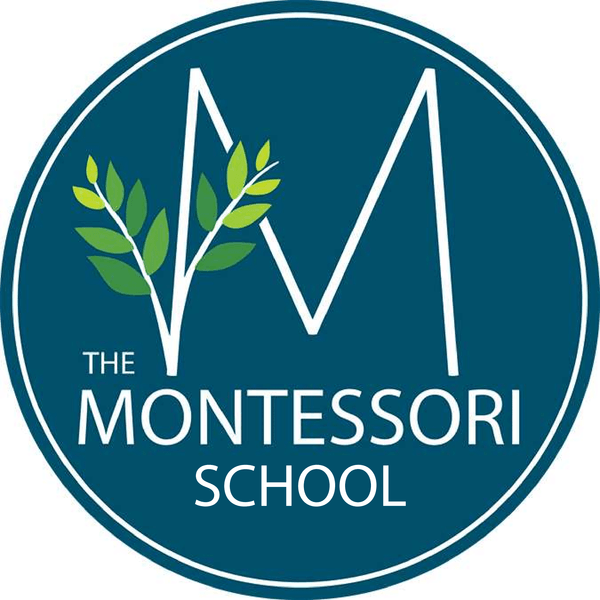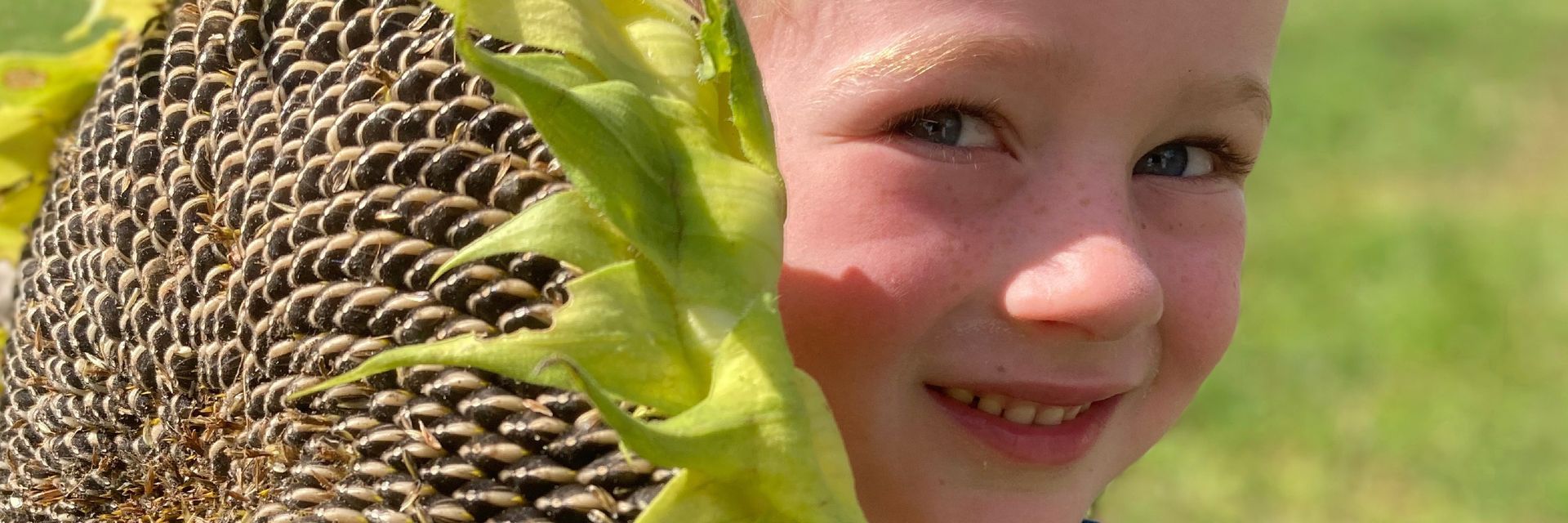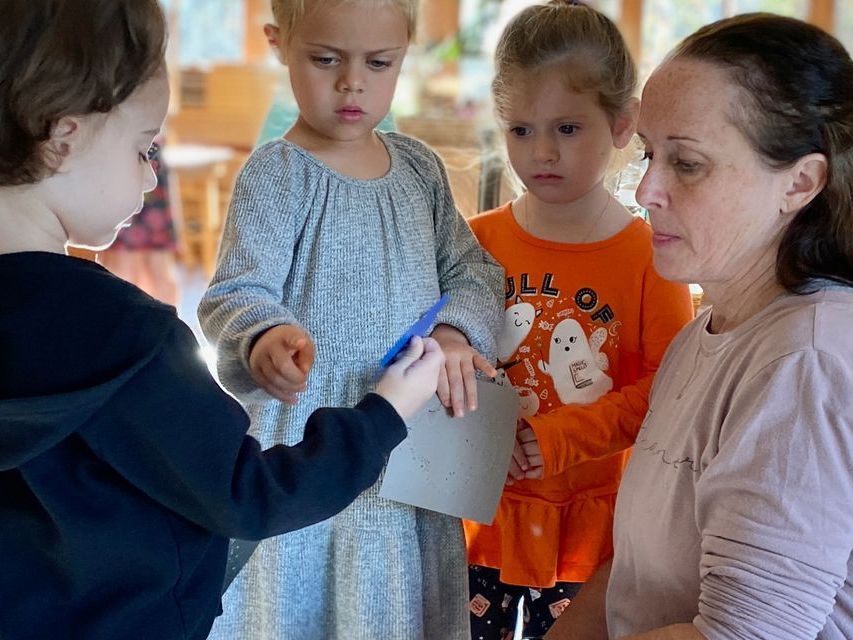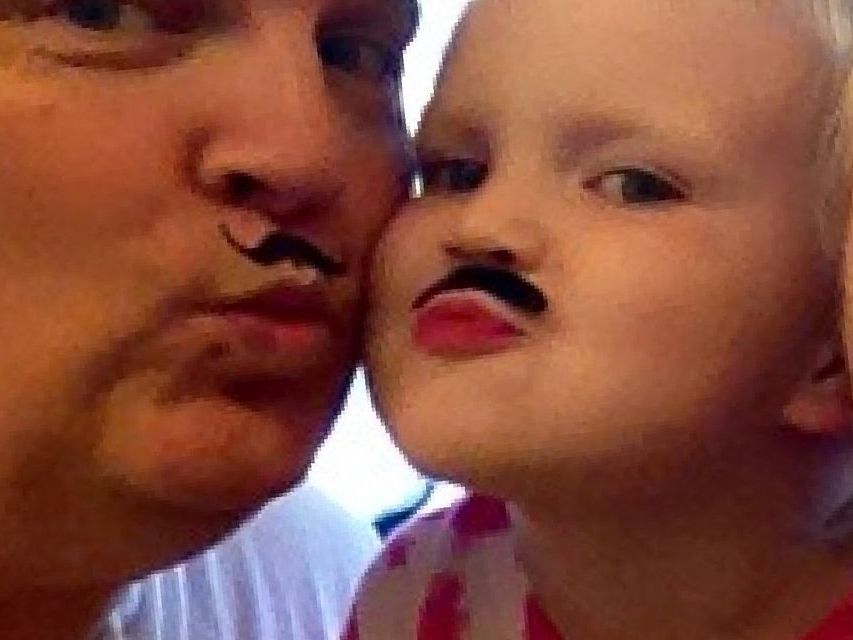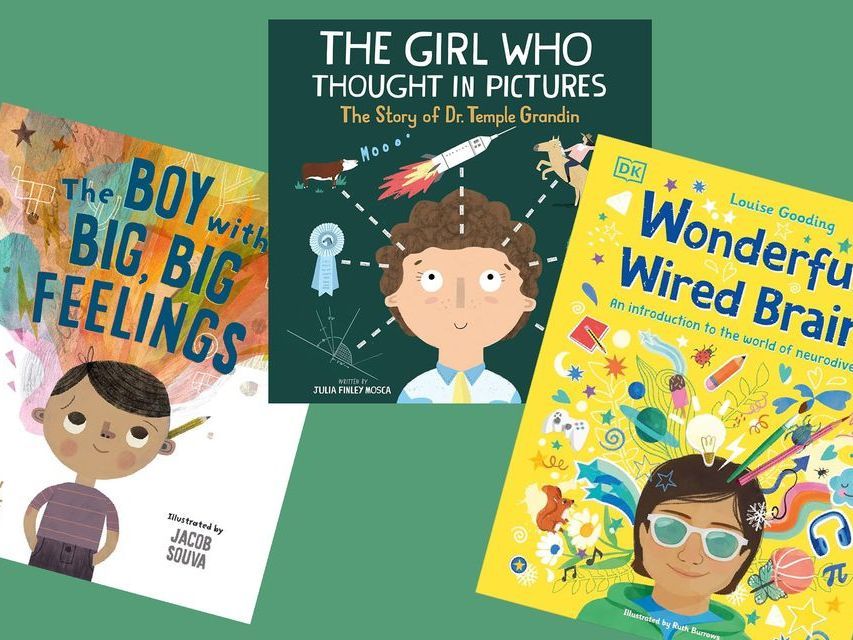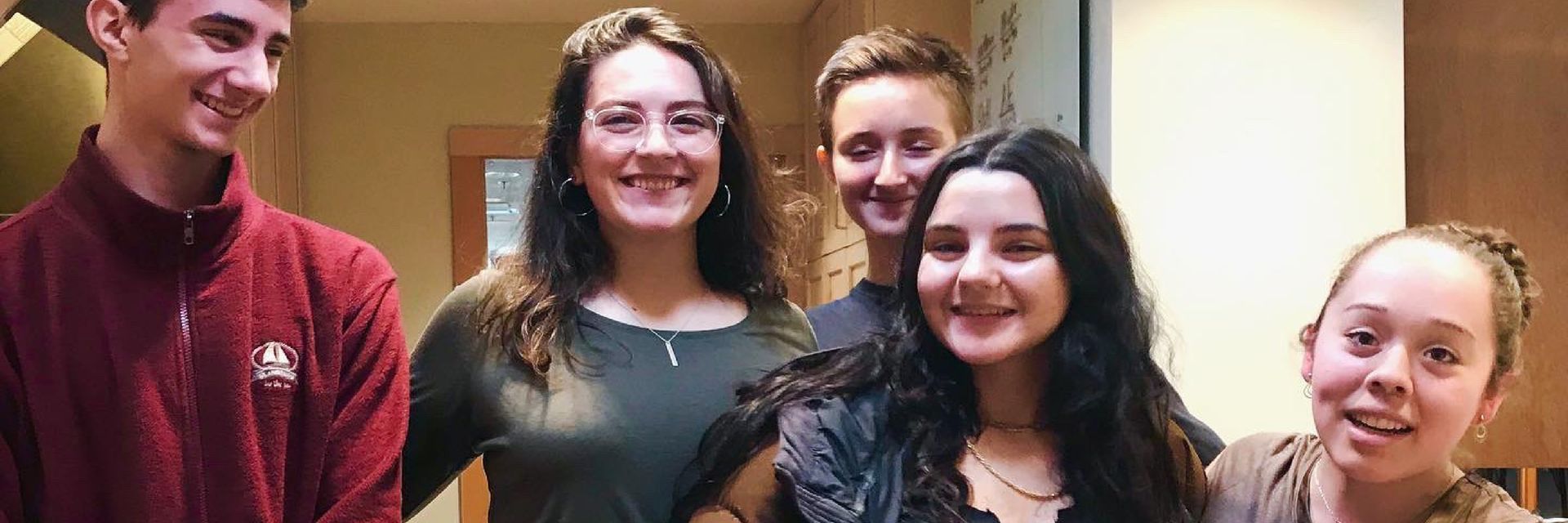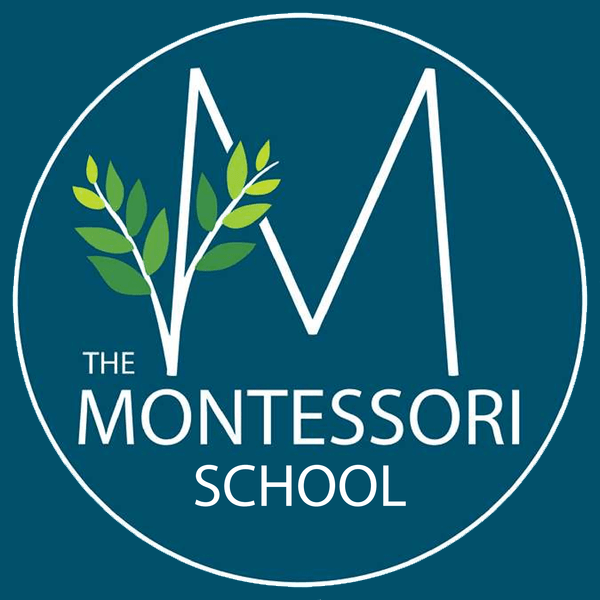Birthday Books!
Meagan Ledendecker • July 6, 2020
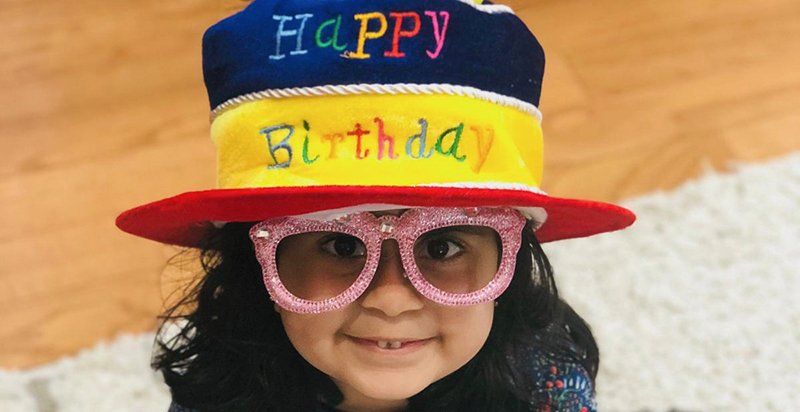
Although there isn’t a perfect month to share this book list, if it’s not your child’s birth month, we are hoping you can just bookmark this article for later!
We are always looking for excuses to read new books with our children, and there are some beautifully-crafted birthday books out there. Each year it can be fun to add a new one to your collection, or even make a trip to the library together to check out a few. Here are a handful of our favorites!
On the Night You Were Born
by Nancy Tillman
We all cherish our children, and Tillman’s book has a way of whimsically and visually showing them how we feel. It begins with: “On the night you were born, the moon smiled with such wonder that the stars peeked in to see you and the night wind whispered, ‘Life will never be the same.’” The name travels on the wind around the world in celebration of the birth of the special child (yours!).
The Birthday Box
by Leslie Patricelli
Sometimes for young children the box is just as wonderful as what is inside! Leslie Patricelli includes wit and wisdom with her well-loved baby character who has a delightful adventure using the box (and with the toy pup who came inside).
The Secret Birthday Message
by Eric Carle
Tim wakes up on his birthday to find an envelope beneath his pillow. A coded message leads him on a treasure hunt for his gift. The pages of this book contain not only Carle’s beautiful signature style of artwork, but there are shaped and cut out pages that make the story a bit more interactive.
Clever Jack Takes the Cake
by Candace Fleming, illustrated by G. Brian Karas
Jack lives in a cottage with his mother, and while they don’t have much, his resilience and generosity are enough to get him through. When he receives an invitation to the princess’ birthday party, he struggles with what he might bring as a gift. Ever-resourceful, he bakes a perfect strawberry cake for her. The journey to the castle is quite an adventure, and while the cake doesn’t arrive quite as planned, Jack learns that sometimes the best gifts aren’t things
at all.
Ling and Ting Share a Birthday
by Grace Lin
The second book in a series about a pair of loveable twins, Ling and Ting Share a Birthday is a book about sharing. These girls are sweet and silly, and they realize that they are lucky to have each other. They share a gift they receive, they shop for one another, they read together...and they celebrate together. This is a perfect book for early readers. It is broken into chapters that are actually short stories in their own right.
Some Birthday!
by Patricia Polacco
Patricia and her brother live with their mother, but they spend summers with their father and grandmother. One morning, on the day of her birthday, Patricia helps her father get ready for work. He dashes out the door without mentioning it at all. Even when he returns home in the evening, he settles in to read the paper and watch television. Then, out of the blue, he tells the children it would be the perfect night to try and spot the monster at the bottom of the clay pit down the street. He creates a memorable night, ending in the children seeing the “monster”, running home screaming, and realizing he hadn’t forgotten Patricia’s birthday at all! They all celebrate with cake, gifts, and more laughs.
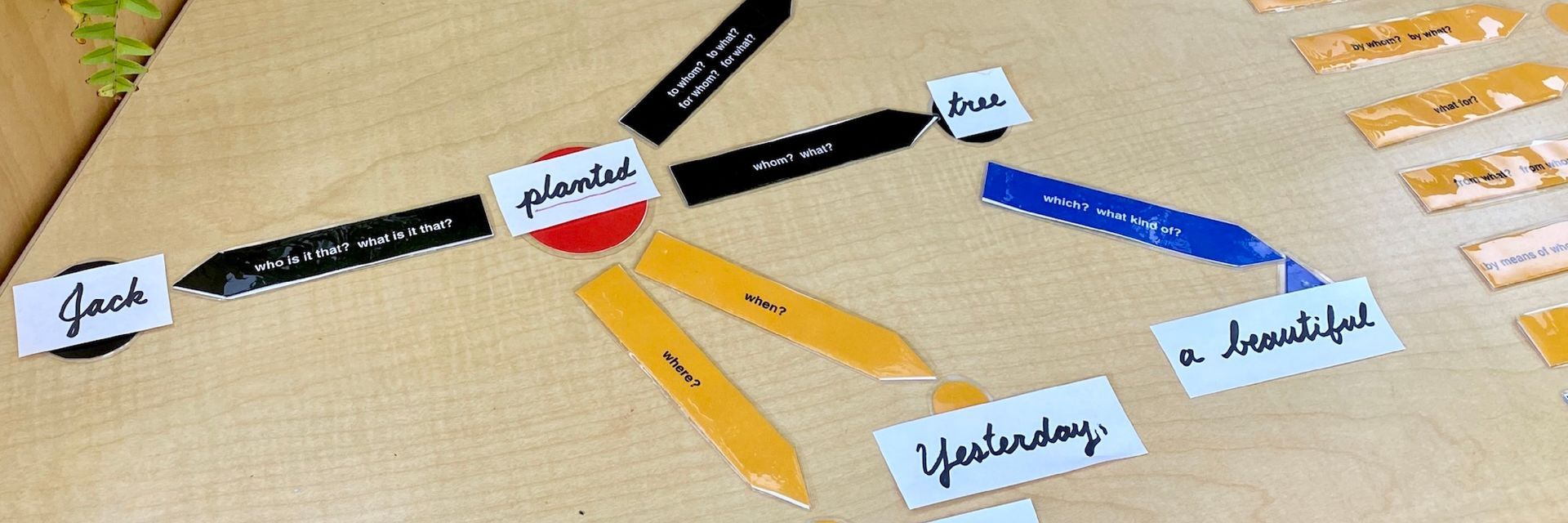
By Meagan Ledendecker
•
April 7, 2025
Did you know that the word "grammar" evolved from "glamour"? This linguistic connection reflects an ancient association between language and enchantment. When we introduce Montessori's sentence analysis work, we offer more than just a lesson—we present an enchanting gift! We regularly witness children falling in love with language as they uncover its patterns and structures. At the elementary level, children possess a reasoning mind, an active imagination, and a deep need for communication. The Montessori sentence analysis activities appeal to these characteristics, helping children connect as they creatively discover the underlying patterns of our language. Why Do We Teach Sentence Analysis in the Elementary? Children are natural pattern seekers. They love to identify and understand structures in the world around them, including language. We want them to fall in love with language. By engaging in hands-on grammar work, children develop an appreciation for the beauty of sentence construction. Sentence analysis provides clarity. Understanding sentence structure helps children write with greater precision and confidence. Analysis leads to synthesis. When children break down sentences, they gain the tools to build more complex and meaningful expression in their own writing. What Sentence Analysis Involves The elementary sentence analysis materials introduce a set of symbols (that correlate to what children have experienced with the Montessori grammar boxes and the symbols for parts of speech), along with color-coded arrows with questions on one side and grammatical names on the other. When breaking apart the parts of the sentence, children first identify what brings the sentence to life: the verb (predicate). To identify the subject of the sentence, children ask the questions from one of the arrows emanating out from the action: Who is it that? What is it? By answering those questions, the children are able to determine the subject. Let’s use a very simple sentence as an example: Josie jumped. The children first identify the action: jumped. They can underline this word in red and then can cut it out or tear it out in order to be able to place the word on the red predicate circle. Then they use the black arrows to answer the question: Who is it that jumped? Josie!
Contact Us
© 2024 The Montessori School of the Berkshires
PO Box 422, 21 Patterson Road, Lenox Dale, MA 01242
The Montessori School of the Berkshires (MSB) is a private independent coed school which inspires children to develop independent thinking, self-assurance, inner discipline, and a love of learning in an authentic Montessori environment nestled in the scenic Berkshire hills. We serve children in toddler, preschool, elementary, middle, and adolescent programs. MSB is an equal opportunity employer and provider. We do not discriminate on the basis of race, color, gender, religion, sexual orientation, disability, cultural beliefs, marital status, or ethnic origin in employment or the administration of admissions programs or policies.



